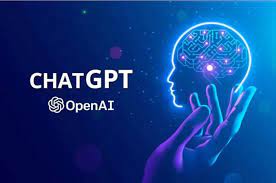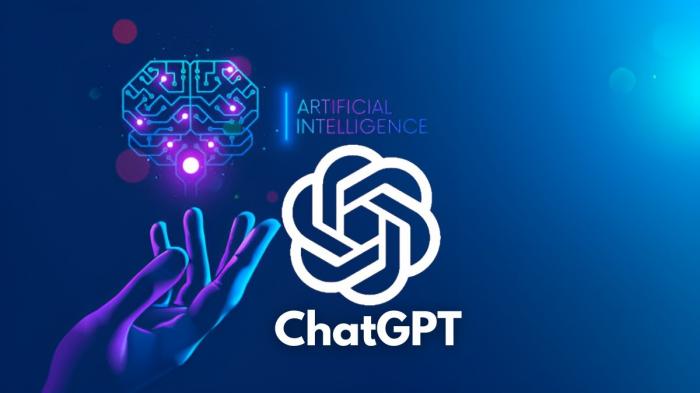23
Oct
Adding interactive elements and dynamic responses can significantly enhance the user experience in GPT chatbots. Here are some techniques to consider for incorporating interactivity and dynamic behavior: Buttons and quick replies: Present users with pre-defined buttons or quick reply options that they can select to provide input or navigate through the conversation. These interactive elements make it easy for users to provide specific choices or responses, improving the efficiency and clarity of the interaction. User prompts and suggestions: Use user prompts or suggestions to guide users and provide them with prompts or cues for their next input. These prompts can…









